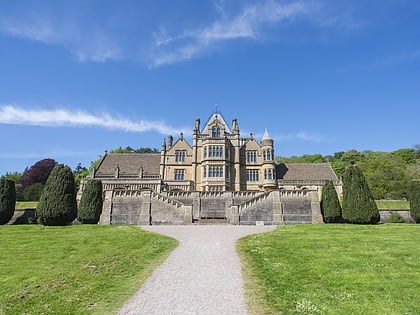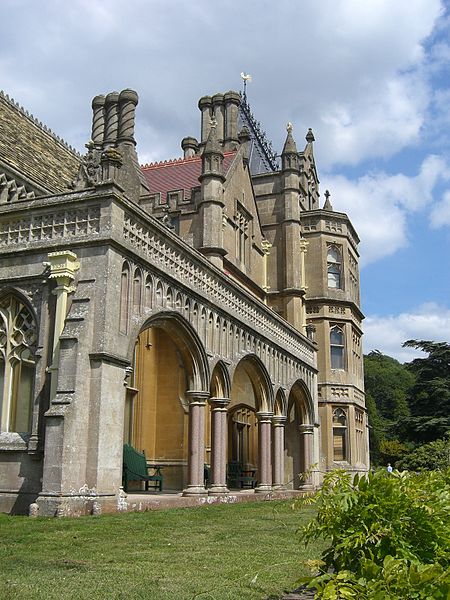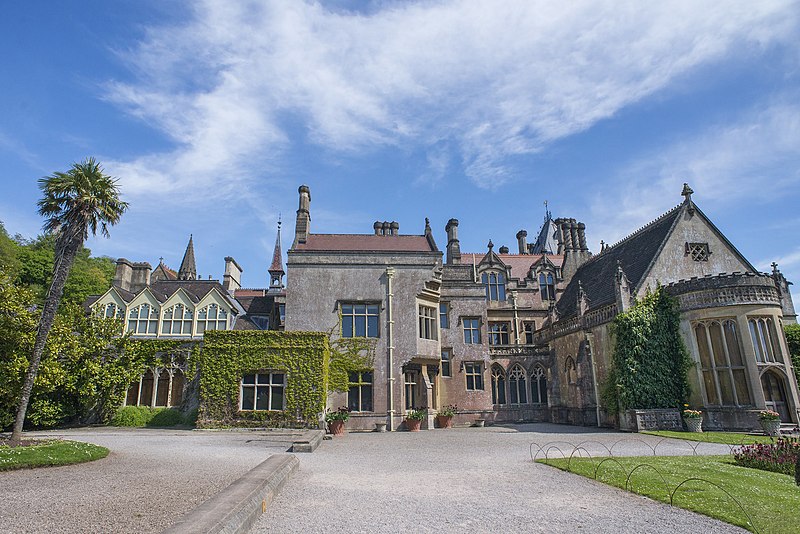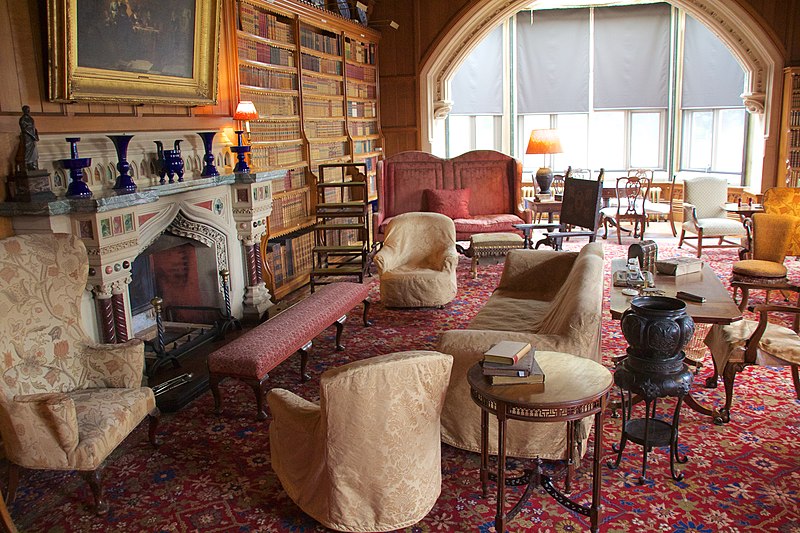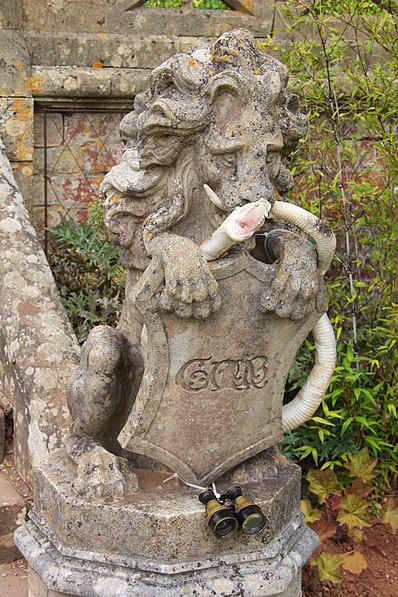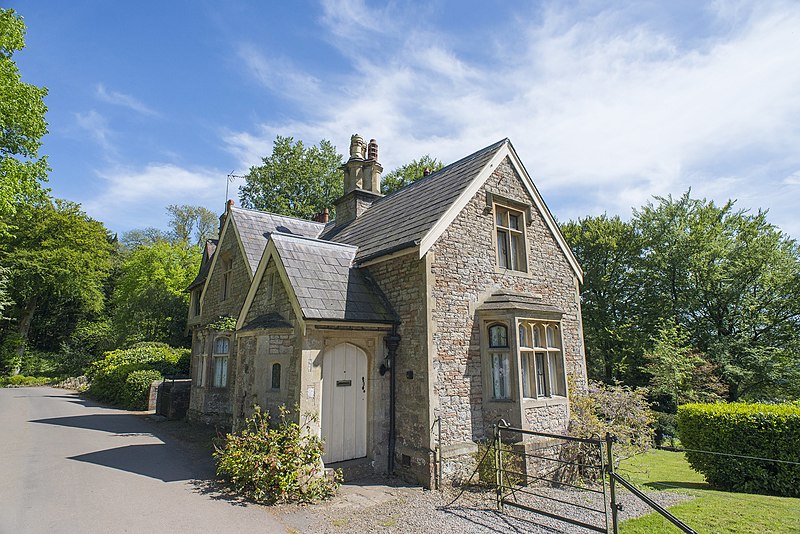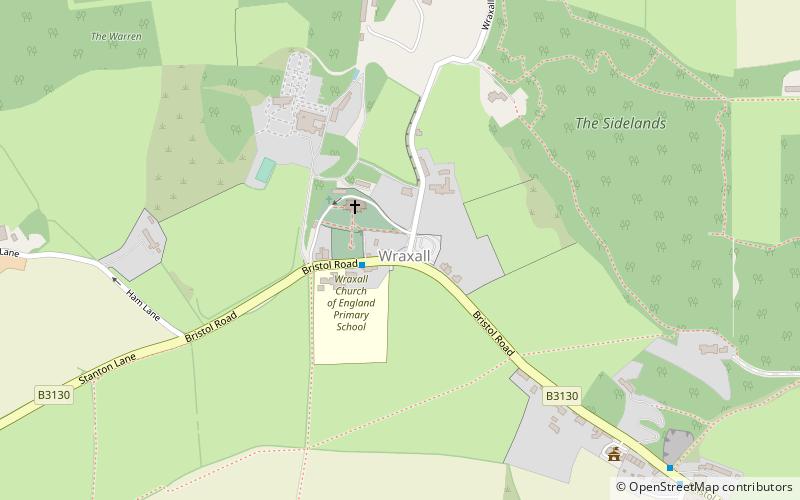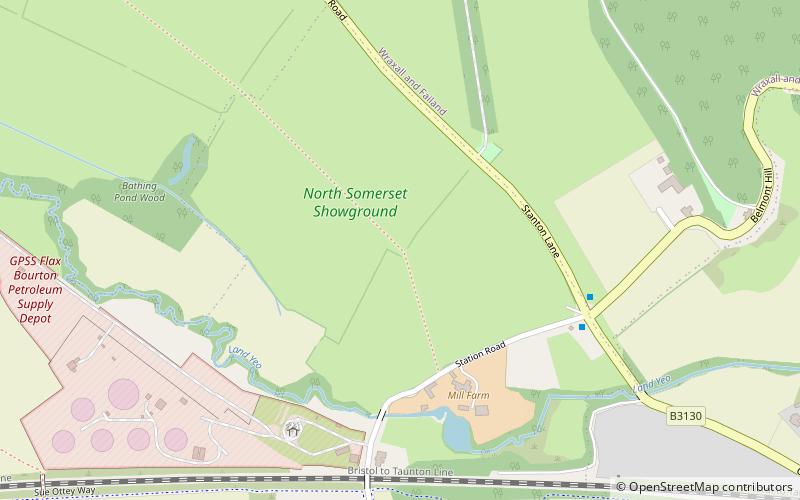Tyntesfield, Bristol
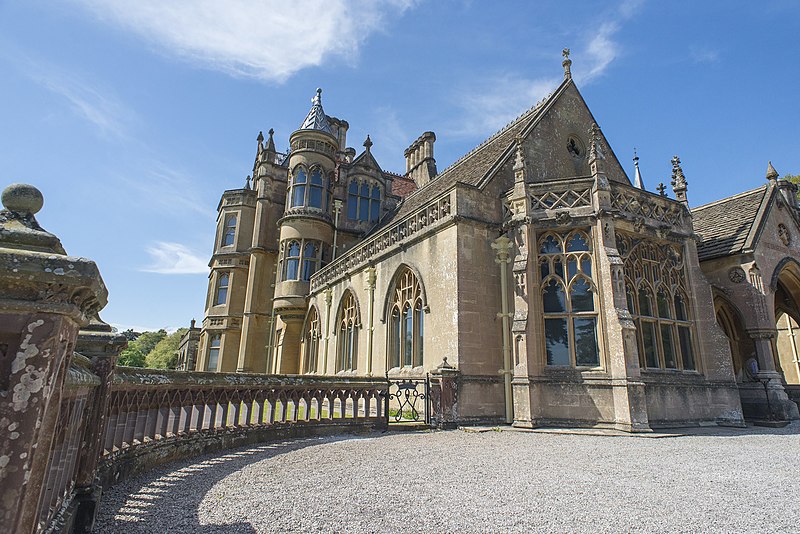
Facts and practical information
Nestled in the verdant countryside near Bristol, Tyntesfield is a Victorian Gothic Revival house and estate that whisks visitors back to the grandeur of the 19th century. The sprawling mansion, now a museum, is renowned for its ornate decorations and architecture, as well as its vast collection of original furnishings and artifacts that vividly portray the life of the privileged during the Victorian era.
Built in the 1830s and significantly expanded in the 1860s, Tyntesfield was the family home of the Gibbs, a dynasty of wealthy merchants. The estate was acquired by the National Trust in 2002, which has since opened it to the public, allowing an intimate glimpse into the opulent lifestyle of its former inhabitants.
The house itself is an architectural treasure, displaying the characteristic features of the Gothic Revival style, including pointed arches, elaborate stonework, and ornamental carvings. Each room within Tyntesfield tells a unique story, with detailed stenciling, gilded ceilings, and an impressive collection of paintings and antiques. The estate's chapel, with its rich stained glass and intricate woodwork, stands as a testament to the family's religious devotion and wealth.
Beyond the mansion's walls, Tyntesfield boasts a 540-acre estate that includes formal gardens, an orangery, and parklands. The gardens are a horticultural delight throughout the seasons, featuring an array of flowers, trees, and shrubs that create a serene landscape for leisurely walks and picnics.
Tyntesfield is open to the public for most of the year, with guided tours available to unlock the secrets of its past. Special events and exhibitions are often held on-site, offering educational and cultural experiences that celebrate the estate's history and the Victorian era.
Tyntesfield – popular in the area (distance from the attraction)
Nearby attractions include: Noah's Ark Zoo Farm, All Saints Church, Wraxall Court, Wraxall Camp.
